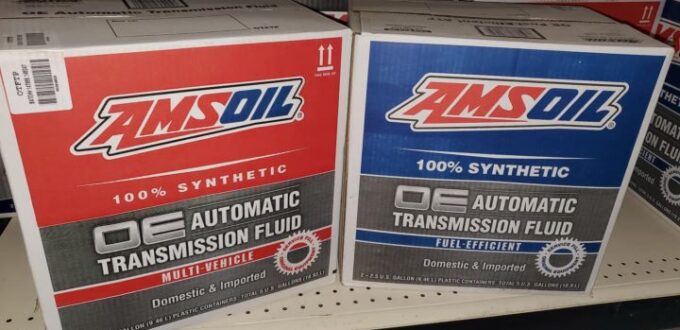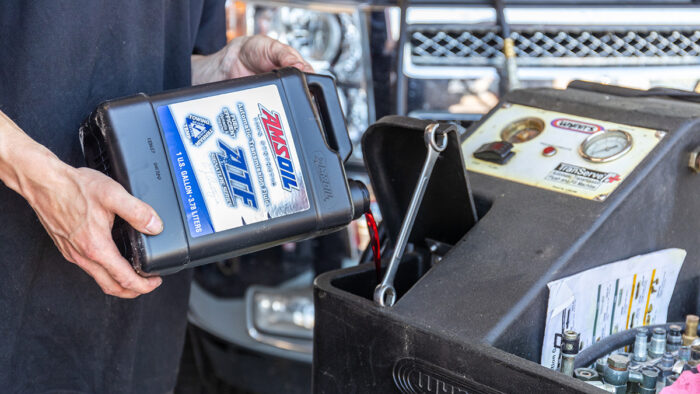Overlooked Bargains – Original Equipment Automatic Transmission Fluids As our business grows there are a dozen top sellers we have to constantly increase inventory and that list fortunately is for the most part the high end of the AMSOIL multi-tier lines. But the OE line is really undersold. It’s purpose was to upgrade customers from […]
You are browsing archives for
Category: Transmissions
Common Fixes for a Transmission that Jer...
Common Fixes for the Shuddering Transmission We get a lot saying our ATF solves the problem after trying about everything else! Here are a few common reasons why your transmission may shift erratically, jerk or hesitate. Low fluid level Depleted fluid frictional properties Poor cold-temperature fluidity Start with the easiest fix There’s an old […]
How Often Should Auto Transmission Fluid...
How Often Should I Change Transmission Fluid? well, um, ahh huh, well let’s see… How often to change transmission fluid depends on several factors Sonny outlines in this post. _by Sunny Pruitt|June 21, 2022 Motorists sometimes ask, “How often should I change transmission fluid?” It depends on your vehicle and driving habits. Recommended transmission fluid […]
Texas Heat Proof AMSOIL Gives Transmissi...
AMSOIL Synthetic Transmission Fluid Tames Texas Heat Not even a “spot” of sludge in the pan or on the filter despite extreme heat & heavy towing. by John Baker | December 2022 Customer Bryan Bayles, out of Katy, Texas, saw a need while working as a groundwater sampler and turned it into a successful business. […]



